Antipodes K41 and K22 Music Servers
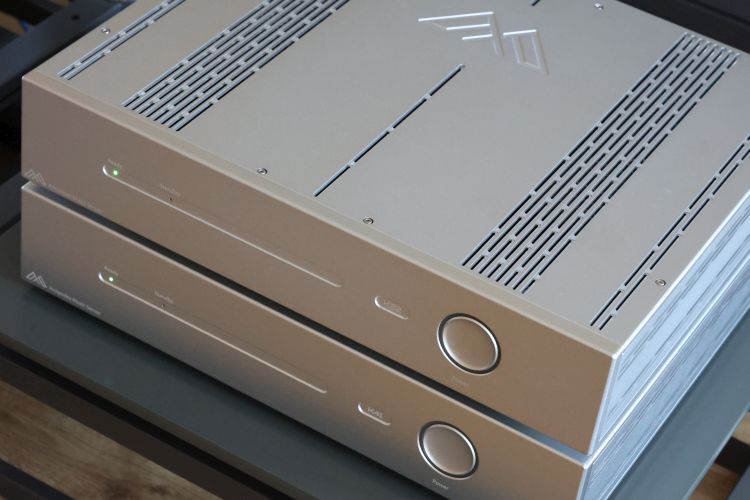
Other Apps
So far, I’ve only used Roon which is only one of many apps that can be selected on the K41 and K22. It’s the industry standard and with good reason. But besides Roon, there are also server apps for Squeeze, Minimserver, MiniDLNA, Sonos, Plex, and HQPlayer, and player apps for Squeeze, MPD, HQPlayer, Spotify Connect, and Shairport.
It’s worth noting that some of the apps offer an alternative sonic perspective to Roon. For instance, Squeeze and MPD offer a lighter, nimbler, slightly more expressive, but also less rich and saturated sound, whereas HQPlayer offers a sonic perspective that lies more or less in between Squeeze and Roon: slightly more articulate but still full-bodied.
When the K41 has Minimserver or MiniDLNA enabled, it can play to any UPnP endpoint which, of course, the K22 supports. In that case, the server’s music content can be controlled with any UPnP-compatible app, such as Bubble UPnP for Android or mconnectHD for iPad. The player app on the K22 in this case is MPD.
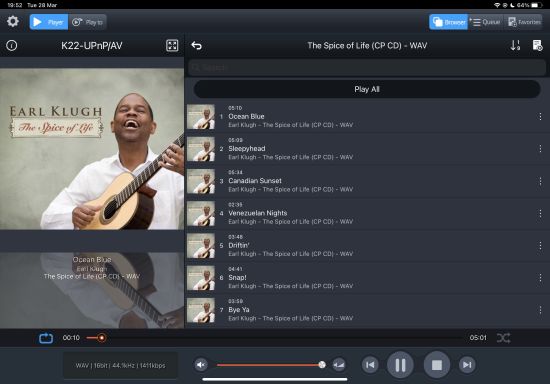
The mconnectHD app looks good and works really well. UPnP may be an ancient format but to my ears, it can still sound really rather good. Using Minimserver on the K41, I first tried it with my resident Aqua LinQ, and this resulted in an interesting mix between the Antipodes’ smooth fullness and the Aqua’s neutral directness. It’s less spacious and lush than Roon but more expressive and more agile.
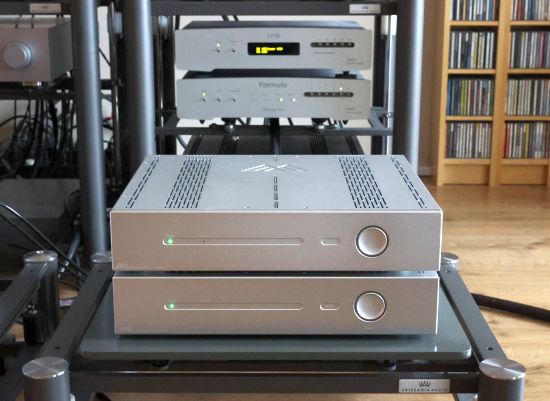
But as before, the most synergistic match was obtained when the K41 was streaming to the K22. The latter was not quite as articulate and precise as the Aqua, but it most definitely maximized the Antipodes’ core qualities.
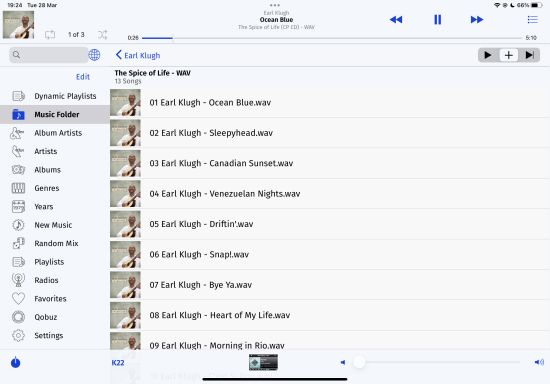
Finally, I also tried Squeeze between the K41 and K22 using the iPeng remote app on iPad. Admittedly, the iPeng app is showing its age and it’s not as intuitive as mconnectHD but once it is set up, it works flawlessly, and also very quickly. Squeeze sounds very similar to UPnP but ever so slightly nimbler and airier.
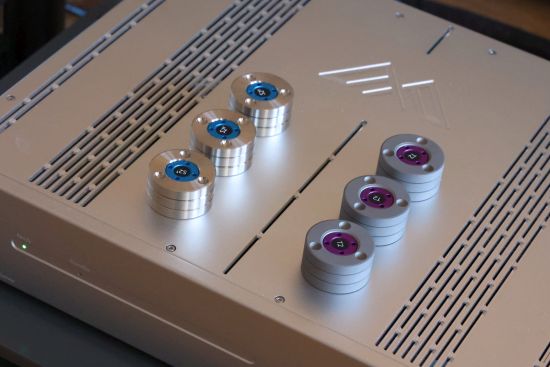
Tweaking
For this review, I used my default power cables which are Belden 19364 with Bals schuko and Oyaide C-004 which are the same cables used for the other servers in the system. Although there is most definitely room for tweaking the K41 and K22 by using a higher-end power cable, or high-end network cables, for that matter, I simply never felt compelled to do any experimentation with this throughout all of my listening. If experimentation is desired then I would advise sticking with neutral-to-lively-sounding specimens. Unless the system at hand leans to the clean or cold side, the servers do not need added warmth or richness.
The two Antipodes units have nice machined aluminum feet with a thin layer of what looks like neoprene. So far, the units were listened to using their own feet, and irreverently, with the K22 stacked on top of the K41. Naturally, I am well aware of the usually negative influence of stacking components and I would normally not endorse it. The thing is, these units sound so thoroughly right from the get-go that I simply never developed the urge to further optimize or tweak anything.
But then again, as this review neared its end, I wondered, would I be able to lift the performance in the areas where I felt this was most desirable, whilst keeping everything else unaltered?
I should add that the Artesania KSH2 Krion shelves that I also used for the Antipodes combo are quite strong medicine. They actually act a lot like spiked feet in that they increase the speed and transient behavior of the component that is placed on them. With that in mind, the sound of the K-combo, or indeed the effect of any footers used underneath, may vary. In any case, I proceeded to try a couple of Ansuz Darkz footers, first only under the K41 and then under both.
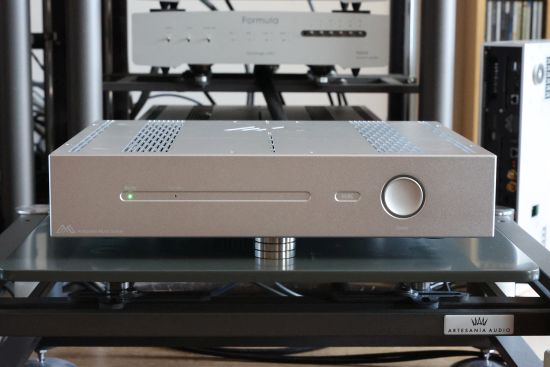
Adding a trio of the relatively still attainable stainless steel Darkz S2T under the K41 while streaming to the C1.2 directly provided remarkable bass robustness and increased dynamic impact, but I felt they also made the server sound a little cool and mechanical. Not by much at all, mind you, but enough to take away from the server’s core quality.
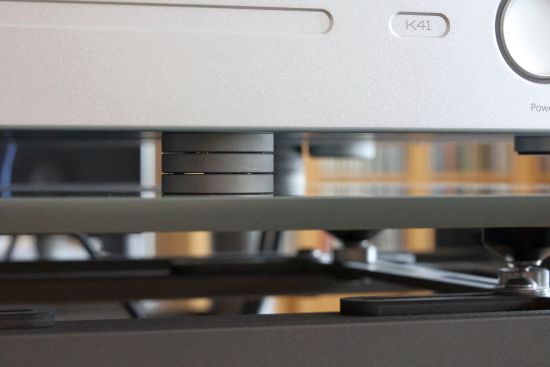
Upgrading to the glass-blasted titanium Darkz T2 brought back the magic while balancing things out much more evenly. The bass was now nice and articulate and the overall level of transparency was on a higher level. I sure liked it. Perhaps the T2S would have been an even better companion but if I’m honest, the K41 does very well just using its own feet, and the money is perhaps better spent elsewhere.
Using the T2’s under the K22 playing solo, I had a similar tradeoff experience as with the K41 when using the S2T feet, in this case enhancing transient behavior while unveiling some dryness and taking away a portion of the natural flow. As I always write, tweaking is all about balance, and in this case, I felt the server sounded most balanced simply using its own feet.
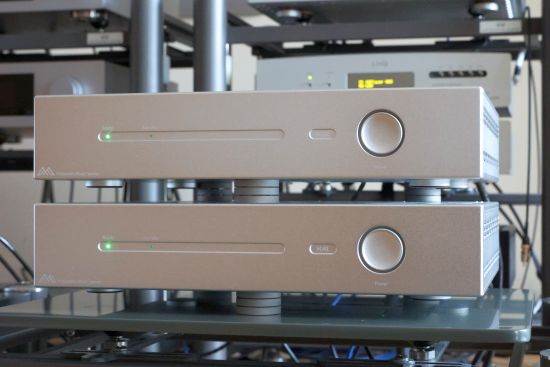
When using the K41 and K22 together, however, things are different. Now, the addition of a trio of T2 Darkz under each component reaped only benefits with no downsides. The bass became more articulate and transparency increased with no reduction in the soulfulness or magic. Of course, one can still move further up the Darkz ladder. What the T2S brings on top of the T2 is a more spacious, more refined, and harmonically richer delivery but I’m not sure the duo requires this. For me, the addition of the T2s is very worthwhile and I wholeheartedly recommend adding them if the budget stretches. But whether or not one applies any tweaks, the duo’s core qualities always shine through.
Conclusion
Ever since my first experience, Antipodes servers have offered a wide range of server and player apps and this makes them unique in a world dominated by single-purpose servers and streamers. But the brand’s core quality is that they are all about conveying the soul of the music.
Both the K41 and K22 have an engagingly soulful delivery. They provide a sound that is meaty, smooth, and full-bodied, as well as upbeat and toe-tappingly rhythmic, and beautifully liquid and continuous. They have the kind of sound that is easy to get into and that is relaxing without being laid back.
In addition, the servers are masters of ambiance and recreating the sense of artists being living-and-breathing entities, within a soundstage that breathes, moves, and flows just as required by the music. All this culminates in the kind of performance that takes the focus away from audiophile aspects and lets the listener make a deep connection and truly undergo the music.
The combo is very special and well worth considering if the budget allows it but the K22 in particular offers superb performance at its price level and is highly recommended.

(Antipodes K22)
Try out Roon for yourself
External Links
Distributor and Retailer for the Netherlands: Ohm Audio
Manufacturer: Antipodes Audio
Antipodes Knowledge Base
Antipodes Guides
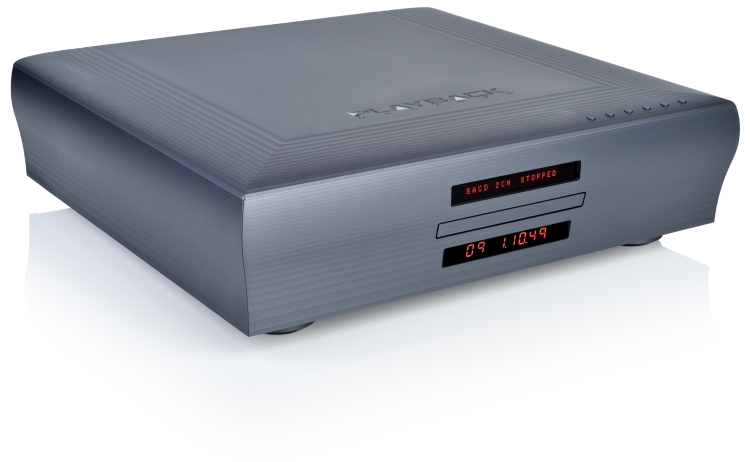







Thank you for such a thorough explanation of the component interactions, configurations and tweaks. Nobody else I found does this like you do. This is why I value you as the best resource to understand how music servers sound.
Thank you for your kind words.
Hi — just wondering if you have a review of the Oladra on the horizon. Thanks. David
I do indeed:-) It’s on its way here but I have several other reviews cued up so it will probably be ~2 months before it’s done.
Great, thanks. I look forward to it.
Hypothetically speaking, if you already had a very well reclocked high end streamer and USB DAC, would the K41 connected through the network as a Roon Core, contribute to a better sound compared to NUC with external LPSU running Rock?
I’ve not yet worked with Roon Rock but in my experience so far, the influence of a server is always audible. I must add that I have little experience with external clocking. Theoretically, this could reduce the difference, although I’d wager that there will always be an audible difference, no matter what you do. Power supplies also have a huge impact on the end result but I’ve not yet encountered a server that sounds quite like an Antipodes.
In my experience, yes. I combine an Esoteric N-01 with the Antipodes K41 (with the N-01 functioning as a streamer and DAC). Before that I had an Antipodes EX. The switch from EX to K41 was significant.
I have used the Bubble UPnP app for Android for years. The new application for IOS , JPlay UPnP , is much better , it has less impact on the network and the SQ obtained is much higher , besides being the competition of ROOM in metadata . Although it is priced higher than Bubble, €50 per year, it is the best investment. You should try it , there is a free trial month . Carlos
Thanks for this superb review, Christiaan. I’d been considering a move to the K50 from my Sonore Rendu and a K50 customer and friend suggested I consider the K22 which would deliver the same SQ bump as the K50 while allowing me to keep my SonicTransporter server, thereby saving the difference between the the K22 and the K50. Sure, if money no object I’d be all in for a K50, but the price is a bit hefty for me at this time.
So in your opinion, given the accolades that you ascribe to the K41, would this solution be a viable one, or would the system suffer by “compromising” in choosing only the K22? I’m using the Mola Mola Tambaqui DAC and the Manual preamp into a Class A Krell Thanks
Hi Bob, indeed, a K22 is essentially the player section of the K50 As mentioned in the review, adding the K41 or getting a K50 does make a difference still, but much of the Antipodes experience is in the player and especially the Reclocker section. This makes getting just the K22 a smart move and a great way to save some money. And you can always add the K41 later if you get the upgrade itch;-).
Thank you, Christiaan; your incredible knowledge and judgement account for why you stand out in a crowded field. We all appreciate you. This edges me closer. I was kind of torn between purchasing a (slightly) used K50 Gen3 or this Gen4 K22. Seems to make sense to go new and current … 🙏🏻